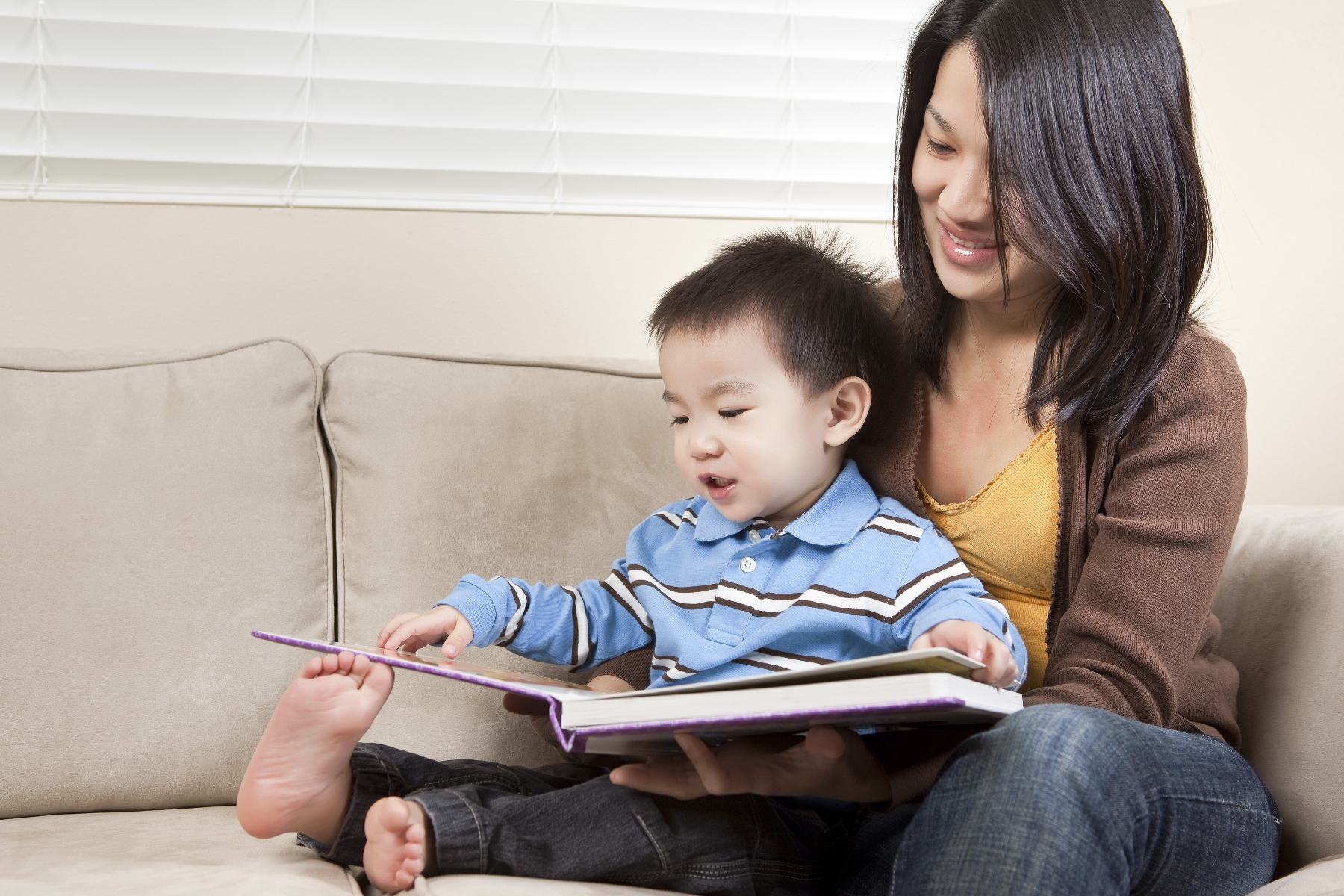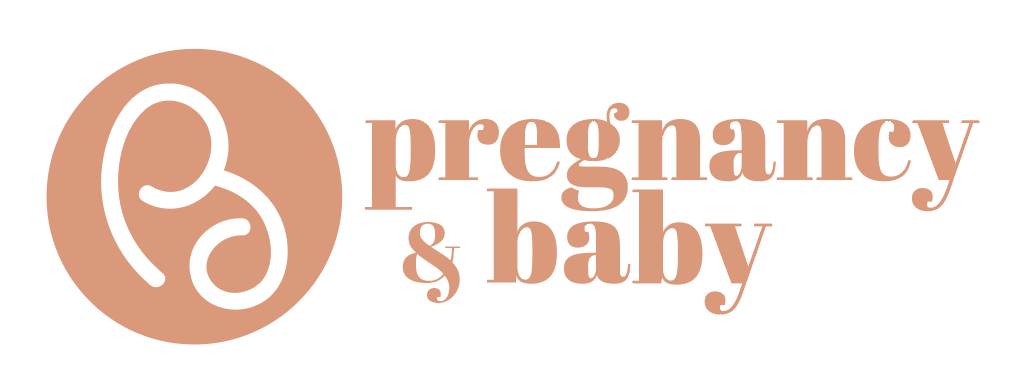

Ahhhh… Reading – one of the simplest and most easily accessible pleasures in life. When it comes to readying your lil’ one for this activity, there are no hard and fast rules to begin with, which leaves some parents understandably perplexed when it comes to literally, deciding their own narrative. Some parents begin reading to their babies while they are still in the womb. Others begin when the child starts bringing books home to be read for homework. Then there are advocators of early reading, like Australian children’s author Mem Fox, who believes that reading to your child should commence as early as possible: “Reading aloud to children every day from their first year of life until they start school (and beyond) changes their lives forever,” Fox says.
The complexities of reading
These days, parents are faced with an overwhelming choice for their babies or children, with a gamut of reading materials readily available: from flip books and board books, to word-picture flashcards, read-along DVDs, digital e-books and more. Before getting started however, parents should be clear about what their main objective is when it comes to reading aloud to their child – especially when their child has yet to reach his first year. The decision about when to start is a highly personal one with different motivations, similar to an expectant mother who regularly places headphones with piped-in Mozart over her swollen belly, either hoping to soothe her unborn child, or perhaps nurture in her baby a future love for classical music!
Whatever their objectives, parents must understand that all the hothousing in the world will be of limited use if the child ends up simply memorising and parroting words without associating them with any meanings or sounds. Literacy is after all a complex skill, and besides identifying the words on the page, “real” reading requires comprehension and communication abilities too.
According to a study by New York University’s Steinhardt School of Culture, Education, and Human Development, babies “do not have the internal capabilities to learn how to read.” This was after a seven-month period during which researchers monitored over 100 babies, aged between 9-18 months, who had “used” various educational and reading products. Their learning progress was then compared with babies from a control group that had no such exposure. Apparently, there was no difference, leading the researchers to conclude that the result was not because of problems with any of the reading materials, but stemmed from “the issue of [the babies’] development” – in other words, they were simply much too young.
Intangible rewards
So does this mean that parents reading to their young infants should bin all their books and wait until their baby is older? Absolutely not! There are so many other benefits to be gleaned from reading to your baby, even if he still ends up unable to read Chicken Little back to you after what seems to be the 1,001th narration!
In fact, what will prove more meaningful to young babies during reading sessions is soaking up the familiar sounds of their parents’ voices, which gives them a sense of safety, security and reassurance. Paediatricians and early childhood educators all agree that reading is the perfect bonding activity to nurture close parent-child relationships, which is just as important for your baby’s cognitive, language and social-emotional development. How’s that for immediate gratification?
The American Academy of Pediatrics recommends that children should be read to even before they attend preschool. Be it baby, toddler, or pre-schooler, any child who is read to during these early years will tend to have better language skills, enhanced literacy and a keener interest in books by the time they actually start school.
With that in mind, it seems to make better sense for parents to expose their baby to reading sooner rather than later. “The more children interact with reading material, the more active and confident readers they become,” says Dr. Carolyn Jaynes, literacy learning designer at LeapFrog, a developer of technology-based educational products. “Read with your child at an early age, and build fun daily routines that incorporate reading.” To expound on that, here are a few simple guidelines to help any parent get started:
1. When to read
Find a moment when your baby is quiet but alert and content, perhaps after feeding, playing or a nap. Once you are familiar with your baby’s routine and ways of communicating with you, it will become easier to find the best time. If possible, try to set aside a consistent time each day for reading, then stick to it!
2. Where to read
Sit in a cuddly position with your baby to read. Children come to associate reading with comfort and enjoyment this way. Make sure the book is close to them so that they can see and touch the pages.
3. What to read
Books don’t just have to contain stories – nursery rhymes are great too. Books about things you may have done or seen with your baby are a great way to expand on and reinforce recent events. For example, reading a book on wild animals if you brought baby to the zoo. Books with familiar characters from cartoons or movie tie-ins are popular too.
4. Presentation of reading material
Offer your babies a variety of books presented in different materials, textures, shapes, sizes and formats. Think books made of thick sturdy cardboard, cloth, and wipe-off plastic, to name but a few. Interactive books with pop-up pages or have things within to touch, feel and hear are appealing too. With the proliferation of touchscreens these days, parents can also opt for digital readers designed specifically for kids, which can hold lots more titles and feature appealing animations as well.
5. How to read
Use your voice to emote whatever you are reading aloud. Don’t worry about feeling silly; you will be rewarded when your baby grows to love particular parts of a book because of your expressive sounds! This is also known as “voice inflection” and is defined as “the way we change the tone of our voice to emphasise key words” (Speaking of Speech: Harrington and Le Beau).
With the right tone of voice and inflection appropriate to a baby’s development (for e.g., they can grasp basic feelings, like anger) you can read almost anything. The editorial section of a newspaper can even be read to calm a baby, if the tone of voice is right!
Take the opportunity to stimulate your baby’s senses too. If the story has wind blowing, then gently blow into your baby’s ear. If the story has movement, then bounce your baby gently on your knee. If there’s a hungry crocodile, then use your fingers to mimic its jaws gently snapping your baby’s tummy. Once they have become familiar with the story after repetitive readings, they will begin to eagerly anticipate certain parts of the story. This is actually teaching story prediction (knowing what comes next).
What’s next?
Initially, not everyone will feel natural when reading aloud to children this young, especially infants. Some parents may even find the idea quite unusual, since they assume the baby isn’t fully comprehending the story being read to them.
Even if your baby’s attention appears to wander from the book, keep at it instead of calling it a day! Don’t be disheartened. Prepare to be flexible and focus instead on spending quality time to bond with baby over this activity until it becomes a beloved habit, which it likely will gradually become, over time (refer to #1).
Once your baby has a few books they grow fond of, leave them in accessible places for them to find, like at the bottom of a bookshelf or a basket. Some babies will eventually seek out their favourite books as a means of independently entertaining themselves. They will flip the pages, “read” to themselves, even try to imitate the sounds you make. Other babies will grow to enjoy the activity so much that they might try to get you to read to them more often – possibly even outside the scheduled time!
As parents cultivate their child’s appreciation for reading, they will also notice the manifestation of early pre-reading skills. These include orientating the book the right way, turning the pages in sequence, associating the pictures with the action, and learning that the words which are being read to them tell a story – collectively, these skills are all essential for early readers.
Remember: Read often, make reading fun, help your child interact with the reading material, and involve your child actively in the story throughout. Before you know it, they’ll be making reading choices of their own as they grow older. Encourage them to have a wide repertoire of reading topics, and regularly recite to them these words of wisdom from Dr. Seuss: “The more you read, the more things you will know. The more that you learn, the more places you’ll go!”
Here’s where to get your child’s reading fix:
Libraries: Singapore’s numerous public libraries are extremely accessible and it’s also really easy to borrow reading materials. Visit www.nlb.gov.sg to find out more about membership and borrowing privileges. Or head to http://search.nlb.gov.sg/ to look up specific titles and even make a reservation.
Bookstores: Most local shopping malls have at least one bookstore tenant. Books Kinokuniya at Ngee Ann City is a popular haunt, while other familiar names include Times, Popular and the MPH chain of bookstores.
Online: Beyond the usual suspects of Amazon, Barnes & Noble and Fishpond, go niche by supporting local online book retailers who specialise in titles for babies, pre-schoolers and young children:
www.flipforjoy.com.sg: For parents looking to raise bilingual bibliophiles, this site offers a good range of Chinese books for kids from birth to 9-years-old.
www.thegroovygiraffe.com: Singapore’s first official online remainder bookshop for kids up to 12. All their books are overstock and overprint titles (which define “remainder”), so prices are heavily marked down. There’s a Children’s Laureate section for award-winning titles and even a Cookbook category for culinary-inclined caregivers!
www.littlegoodbooks.com: Run by a mother of two kids, this site offers a selection of books for newborns to kids aged 7. As all the titles are handpicked by the owner herself, littlegoodbooks prides itself on quality and not quantity.
www.myimaginationkingdom.com: This online retailer has also set up shop at One KM mall on Tanjong Katong Road. There are books for babies to 12-year-olds, and local children’s authors are available too. There’s also a dedicated section for parents and teachers with educational books about reading and mastering the art of storytelling.
For more pregnancy and childcare tips, subscribe to our mailing list and like us on Facebook, to receive new articles for mummies like you every week!
Social button for JoomlaCopyrighted Pregnancy & Baby by Mummys Market 2019


